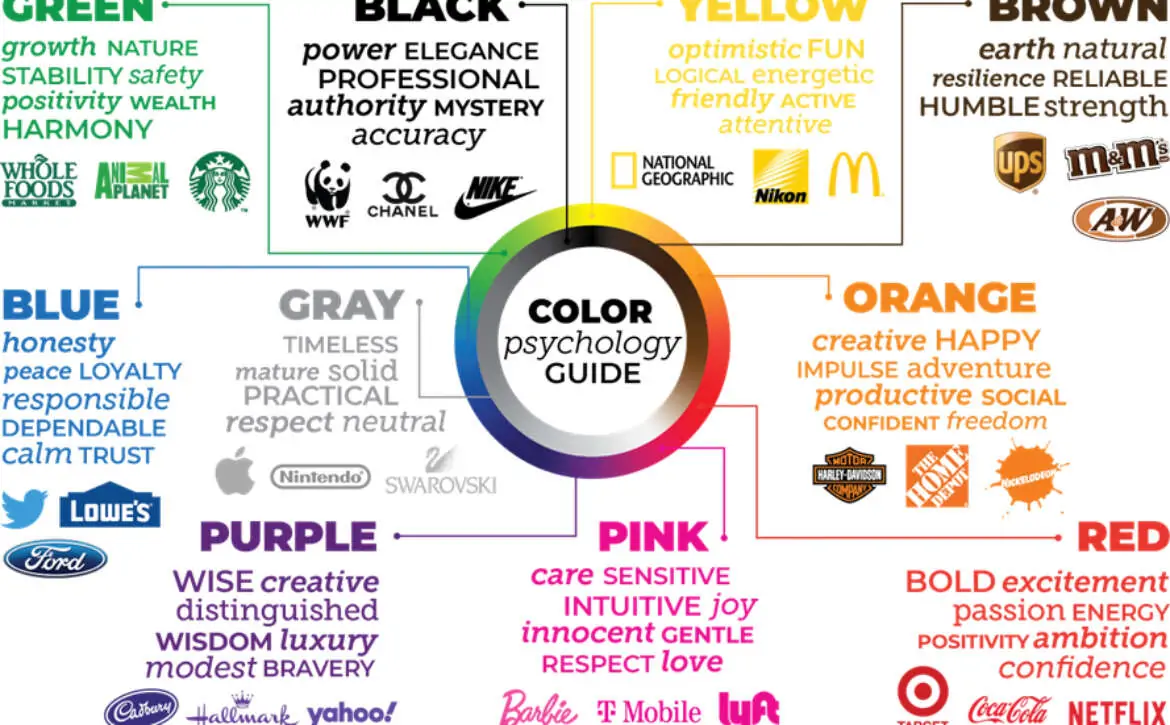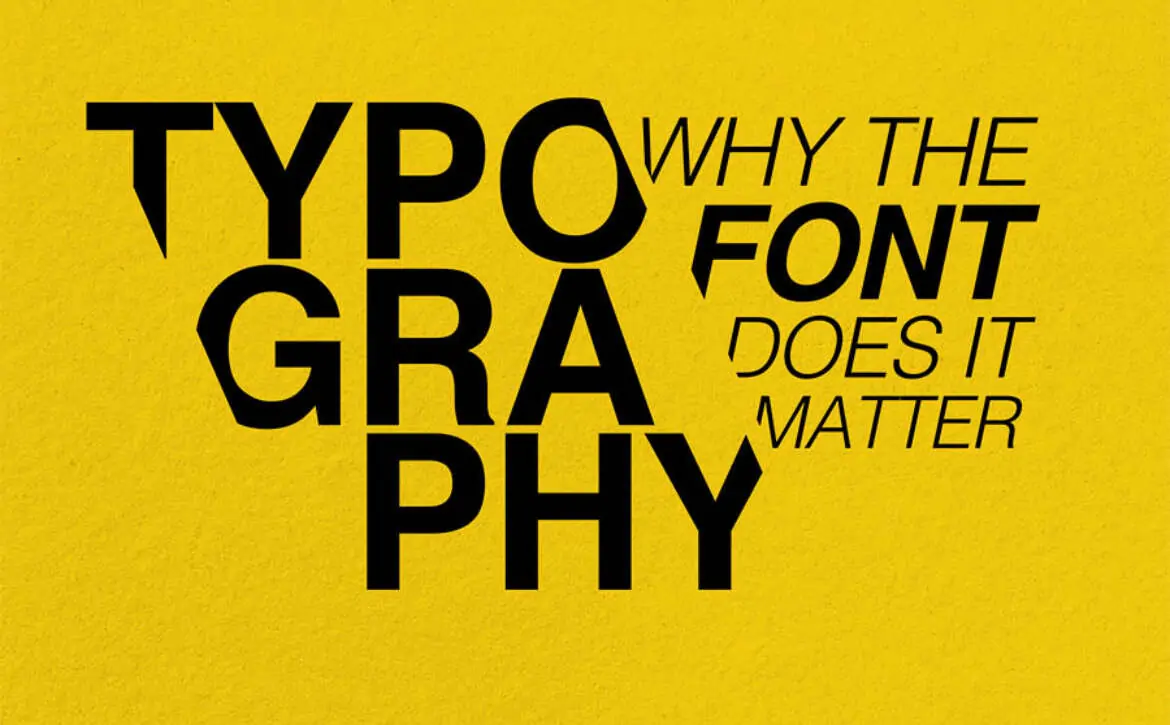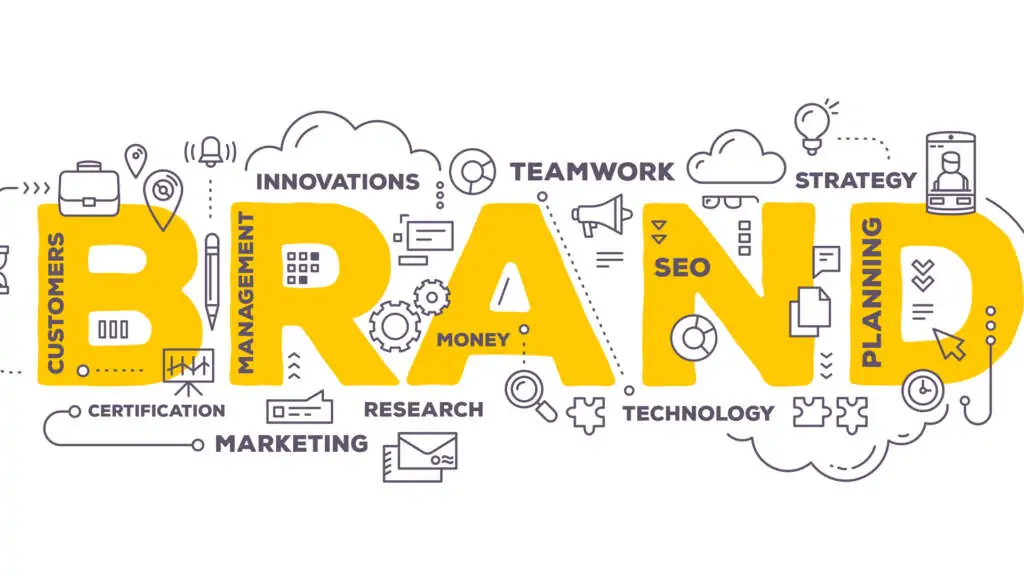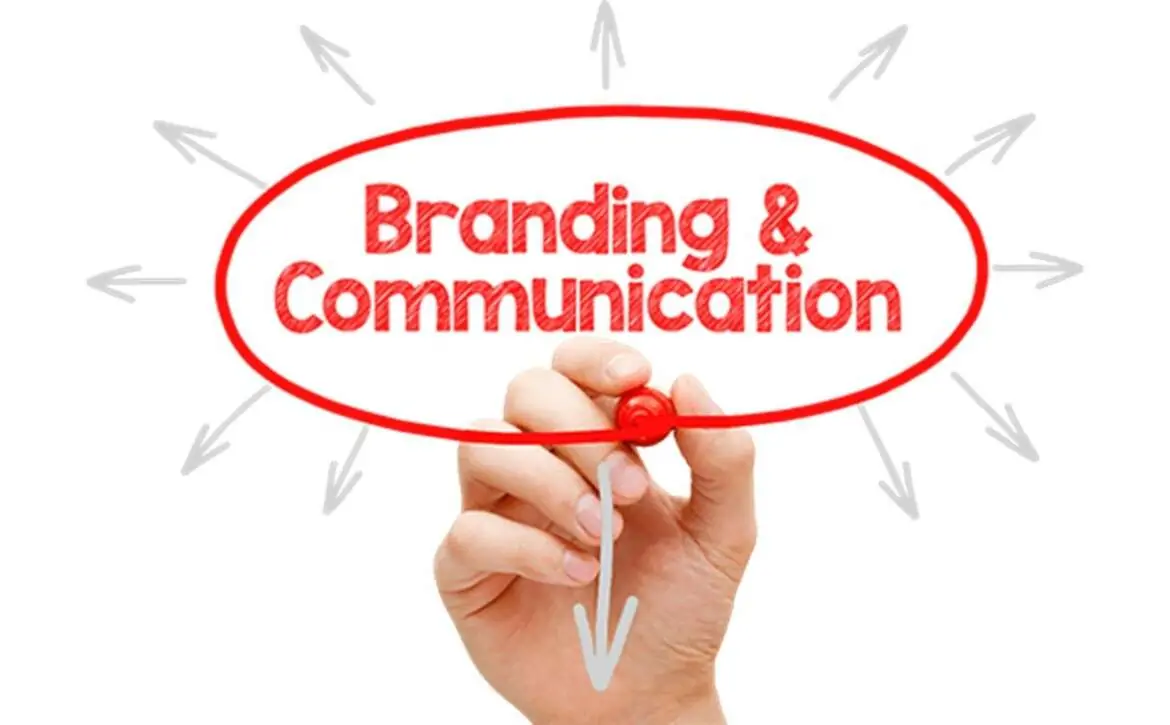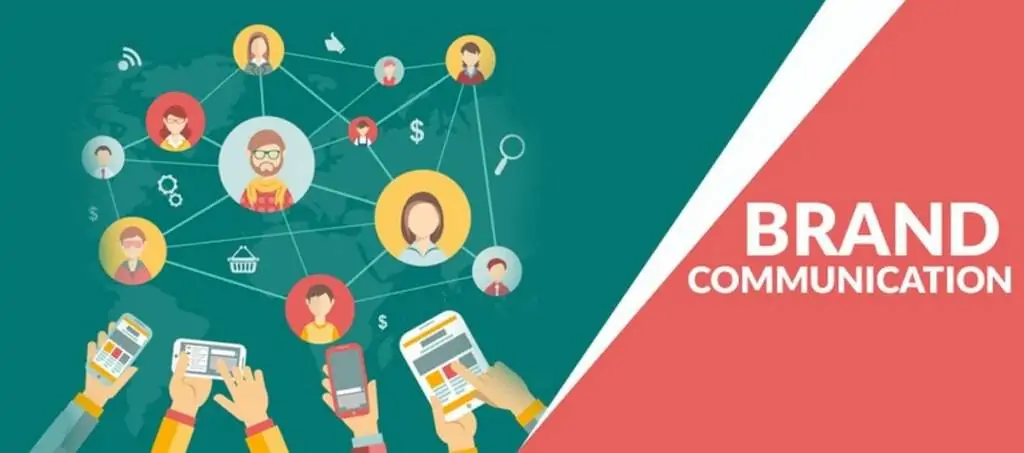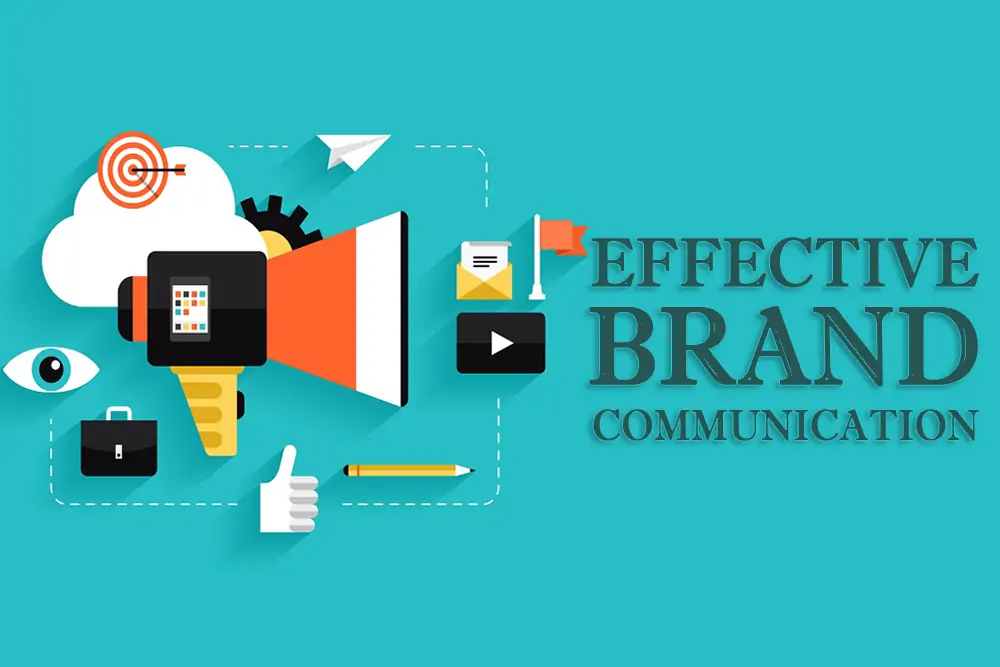Strategic Power of Flexible Color Psychology in Branding
This article delves into the transformative role of color psychology in shaping a brand’s identity. Following the pattern of previous articles on design and typography, it explores the principles of flexibility, innovation, and adaptability in the context of color psychology for creating a memorable brand presence. The piece emphasizes the importance of a dynamic and collaborative approach, seamlessly integrating internal teams with external color psychology services for optimal results. From navigating complexity to breaking free from constraints, the article highlights how flexible color psychology in branding becomes a strategic advantage, fostering innovation and future-proofing creativity in the ever-evolving landscape of branding.
The Color Psychology Landscape:
Much like the meticulous evaluation of fonts and styles in typography or the careful selection of design services, choosing the right colors involves thoughtful consideration of hues, shades, and their psychological implications. Speed, scale, reliability, and flexibility remain paramount, ensuring a harmonious and impactful visual identity. Hybrid models, seamlessly integrating internal teams with external color psychology services, are recognized for optimal results.
The Essence of Color Psychological Flexibility:
In the dynamic world of creative expression, the concept of color psychological flexibility emerges as a pivotal principle. Departing from rigid approaches, this paradigm shift embraces adaptability and responsiveness, mirroring the evolving needs of brands seeking dynamic and responsive visual solutions. Let’s explore the core attributes defining a flexible approach to color psychology.
Understanding the Color Psychological Landscape:
Before delving into the intricacies of flexible color psychology, it’s crucial to comprehend the dynamics of the contemporary creative landscape. Escalating demands for compelling visual content and innovative color psychology in branding render conventional color models less effective. The need for a dynamic, responsive, and collaborative color psychological approach becomes increasingly evident.
Navigating Color Psychological Complexity:
A standout feature of flexible color psychology is its ability to navigate the complexities of the modern creative landscape with ease. As brands expand their digital presence and explore diverse marketing channels, the demand for a diverse array of color assets surges. From social media visuals to website designs, flexible color psychology ensures the prompt and efficient fulfillment of a spectrum of creative needs.
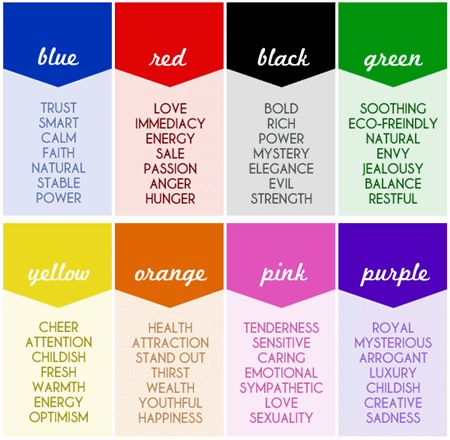
Collaborative Synergy in Color Psychology:
Flexibility in color psychology thrives on collaborative synergy. In a flexible design partnership, clients and creative teams engage in an ongoing dialogue. This collaborative approach ensures that color psychological output aligns seamlessly with the client’s vision. Regular check-ins, open communication channels, and a shared understanding of project goals form the cornerstones of this collaborative synergy.
Adapting Color Psychology to Project Dynamics:
Recognizing that not all creative projects are created equal, flexible color psychology adapts to various project dynamics. Whether it’s a quick color psychological sprint requiring rapid turnaround or a marathon demanding in-depth ideation and execution, the color psychological partnership model accommodates diverse project timelines without compromising on quality.
Redefining Cost-Effective Color Psychology:
Flexibility in color psychology does not come at the cost of financial imprudence; in fact, it redefines cost-effectiveness. Unlike traditional models operating on fixed pricing structures, a workable partnership introduces a nuanced approach. Clients pay for the color psychology services they need, ensuring that every dollar spent maximizes its impact.
Embracing Technological Advancements in Color Psychology:
In an era dominated by technological advancements, flexible color psychology seamlessly integrates these innovations into the creative process. From collaborative online platforms facilitating real-time feedback to harnessing the power of artificial intelligence for color enhancements, this partnership model embraces cutting-edge color psychological technologies.
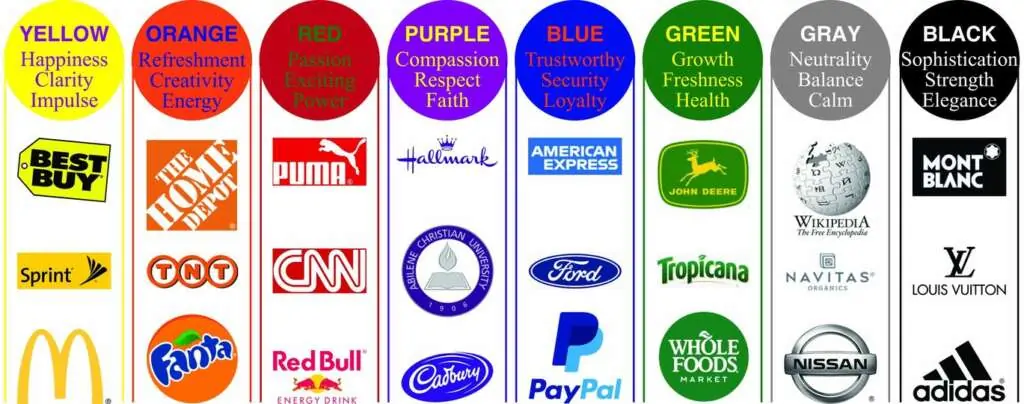
Future-Proofing Creativity through Color Psychology:
As businesses confront an ever-evolving landscape, the ability to future-proof creativity through flexible color psychology in branding becomes paramount. This workable partnership inherently embodies future-proofing, enabling brands to adapt to emerging color trends, incorporate new design methodologies, and stay ahead of the curve.
“In the dynamic realm of creativity, adaptability is not just a virtue; it’s a necessity. Flexible color psychology partnerships exemplify this necessity, offering brands the agility to thrive in an ever-changing visual landscape.”
-Ben Jack
It’s imperative to underscore the innate capacity of flexible color psychology to embrace change. Unlike traditional models that might resist deviations from the initial color plan, flexibility is ingrained in the DNA of these partnerships. This adaptability not only allows for smoother color psychological navigation but also positions brands to readily embrace the inevitable shifts in creative requirements.
Adaptability as a Competitive Edge in Color Psychology:
The business landscape is not static, and those who can swiftly adapt gain a competitive edge. Flexible color psychology collaborations go beyond meeting immediate creative needs; they serve as strategic instruments for brands to stay ahead. By fostering an environment where creativity and color psychological adaptability coexist, these partnerships empower organizations to respond effectively to market dynamics and emerging visual trends.
Cost-Effectiveness as a Strategic Advantage in Color Psychology:
A critical facet of flexible color psychology collaborations is their redefinition of cost-effectiveness. In a world where every expenditure is scrutinized, this model allows brands to allocate resources judiciously. By paying for color psychological services as needed, organizations can optimize their creative investments, ensuring that financial prudence aligns harmoniously with creative pursuits.
Catalyst for Innovation through Color Psychology:
Collaboration lies at the heart of flexible color psychology partnerships, and it catalyzes innovation. The synergy between clients and color psychological teams creates a dynamic feedback loop. This iterative process not only refines color psychological output but also becomes a breeding ground for innovative ideas. It’s within this collaborative framework that true color psychological breakthroughs often occur.
Future-Proofing Creativity with Flexible Color Psychology:
It’s essential to recognize that changeable color psychology in branding collaborations contributes to the strategic imperative of future-proofing creativity. In an era where visual trends evolve rapidly, being able to pivot without compromising creative integrity is invaluable. This model positions brands not just to meet current color psychological challenges but to anticipate and navigate the visual landscape of the future.


